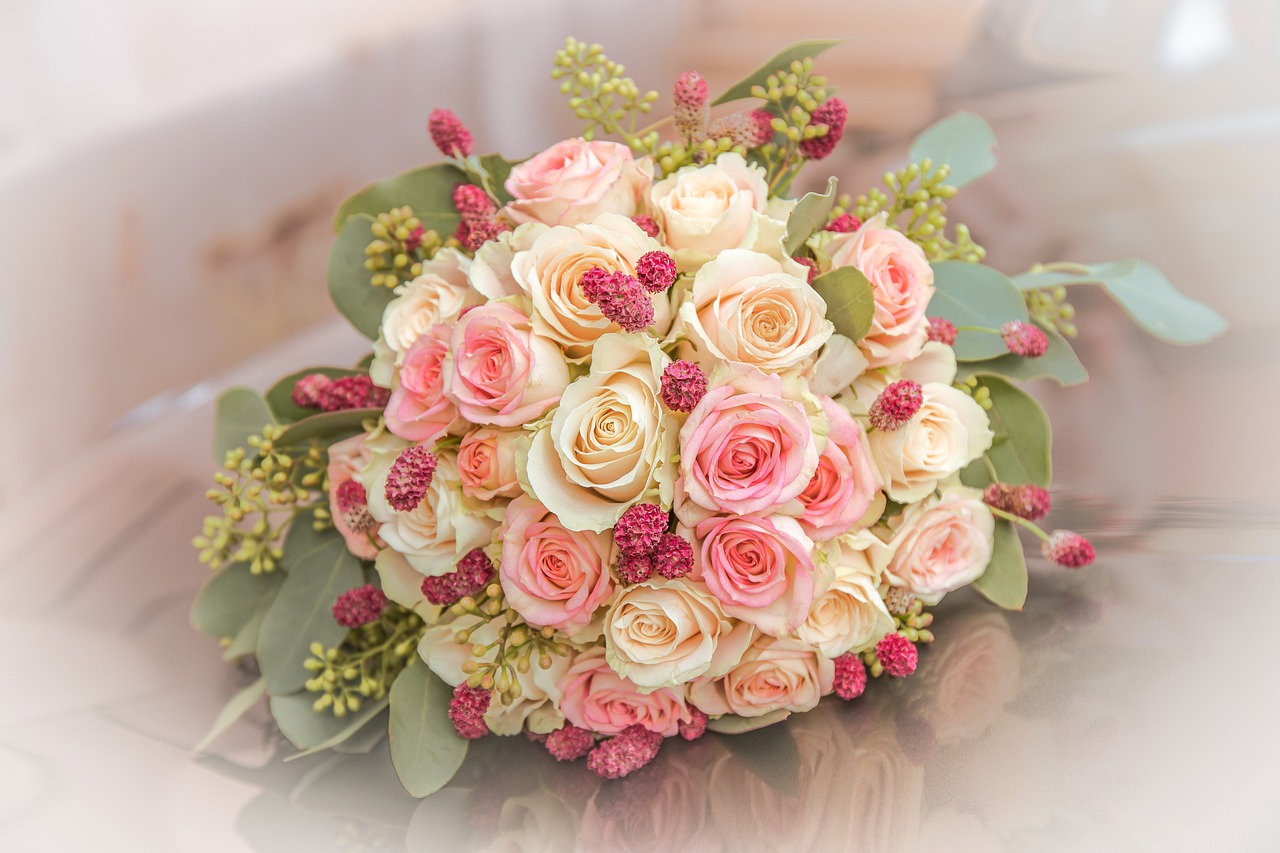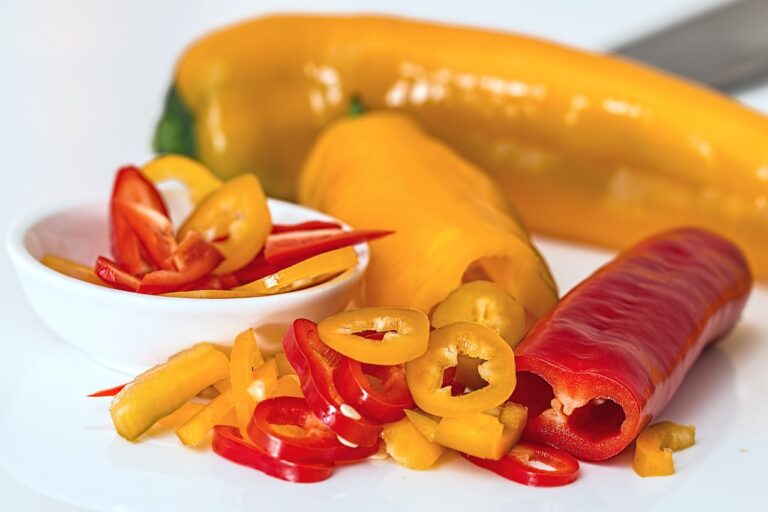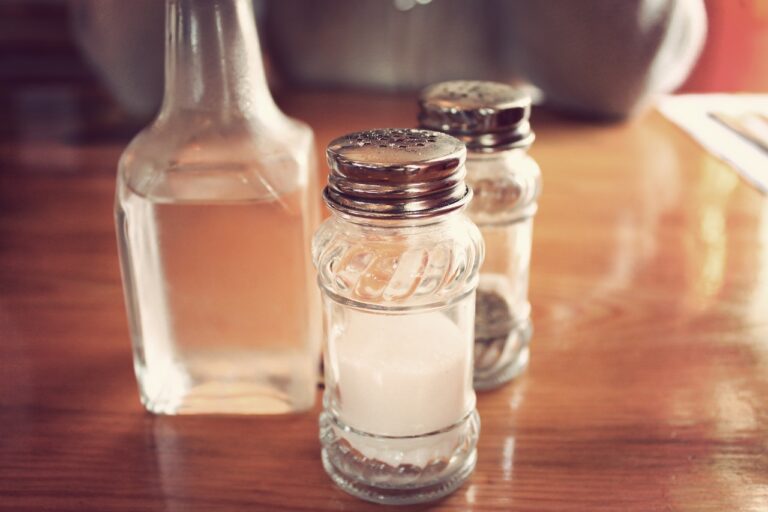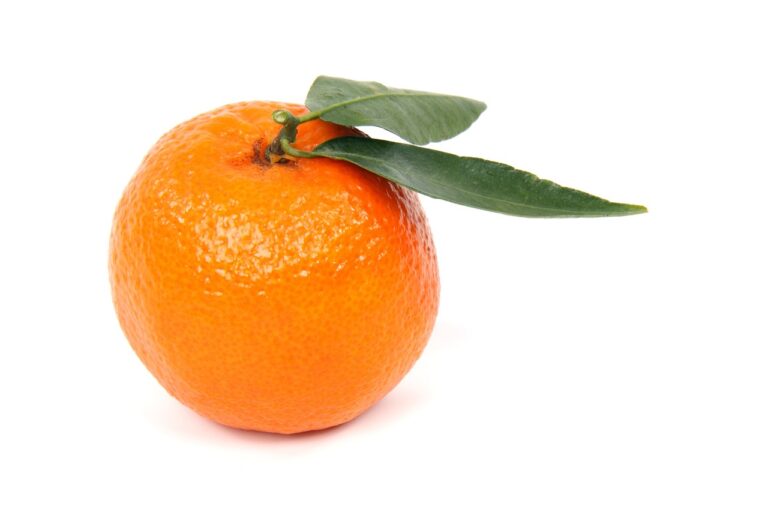10 Astonishing Reasons Why You Are Craving Flowers

The phenomenon of craving flowers, while not as commonly discussed as food cravings, represents a fascinating intersection of sensory desire and emotional fulfillment. This article explores the reasons behind the urge to immerse oneself in the beauty and aroma of flowers, offering insights into how these natural wonders can impact our lives.
Why Am I Craving Flowers?
1. Aesthetic Appeal
The visual beauty of flowers is undeniable. Their vibrant colors, unique shapes, and delicate textures can transform spaces, making them more inviting and pleasant. This aesthetic appeal stimulates our brain, leading to a release of dopamine, the “feel-good” hormone. Surrounding ourselves with flowers can therefore be a simple yet effective way to enhance our mood and overall sense of well-being.
Moreover, the appreciation of beauty is deeply ingrained in human nature. Flowers, with their myriad forms and hues, cater to this intrinsic desire for beautiful surroundings. They serve not only as a source of natural art but also as a reminder of the world’s diversity and creativity, inspiring us to seek beauty in our everyday lives.
2. Fragrance
The scent of flowers is another significant factor behind cravings. Floral fragrances can evoke memories, emotions, and even physical reactions. For instance, the smell of lavender is renowned for its calming effects, potentially reducing stress and improving sleep quality. The act of inhaling these scents can transport us to different times and places, providing a sensory escape from the mundane.
Additionally, the variety of floral scents means there is something for everyone. Whether one prefers the sweet, gentle aroma of roses or the fresh, invigorating scent of eucalyptus, flowers offer an olfactory palette that can satisfy diverse preferences, contributing to their allure.
3. Connection to Nature
Craving flowers can also stem from a deeper need to connect with nature. In our increasingly digital and urbanized lives, flowers represent a tangible link to the natural world. They remind us of the earth’s cycles, from growth to bloom to decay, mirroring aspects of our own lives.
This connection can be particularly powerful in urban environments, where green spaces are limited. Flowers in these settings act as beacons of life and vitality, offering a brief respite and a touch of wilderness amidst concrete landscapes. They serve as a reminder of the world beyond our immediate surroundings, encouraging a sense of wonder and exploration.
4. Emotional Healing
Flowers have long been associated with healing, both physical and emotional. The presence of flowers in hospitals and recovery rooms is not just for decoration; studies have shown that they can have a real impact on patients’ recovery rates, reducing stress and promoting a positive outlook.
Emotionally, flowers can provide comfort, convey empathy, and offer a non-verbal means of expressing care and affection. For many, the act of giving or receiving flowers is a deeply emotional exchange, symbolizing love, sympathy, or friendship. This emotional resonance may explain why we crave flowers during significant life events or as a means of connecting with others on a deeper level.
5. Symbolism and Meaning
Flowers carry a wealth of symbolism and meaning, cultivated through centuries of cultural and historical associations. From the red roses of romantic love to the chrysanthemums of mourning in certain cultures, flowers can communicate complex emotions and messages without a single word.
This symbolic language of flowers, known as floriography, enables us to use flowers as tools for expression. The craving for flowers can thus be seen as a craving for a means of communication, a way to articulate feelings and thoughts that might otherwise remain unspoken.
6. Seasonal Changes
Our craving for flowers often aligns with seasonal changes, reflecting a desire to mark the passage of time and celebrate the unique aspects of each season. Spring, with its explosion of blooms, naturally incites a longing for flowers, symbolizing renewal and new beginnings.
In contrast, autumn’s more subdued floral displays remind us of change and preparation for the winter ahead. This cyclical connection to the seasons shapes our desires and preferences for certain flowers at different times of the year, reflecting our intrinsic connection to the natural world’s rhythms.
7. Creativity and Inspiration
Flowers can be a powerful source of creativity and inspiration. For artists, gardeners, and anyone in a creative profession, flowers offer endless possibilities for exploration and expression. Their forms, colors, and textures can inspire artwork, design, and even culinary creations.
Additionally, the act of arranging flowers is itself a creative endeavor, offering a therapeutic outlet for self-expression. The craving for flowers, in this sense, can be seen as a craving for a muse, a spark that ignites the imagination and fuels artistic pursuits.
8. Tradition and Ritual
Many of our cravings for flowers are rooted in tradition and ritual. Flowers play a central role in ceremonies and celebrations around the world, from weddings and funerals to festivals and religious rites. These traditions imbue flowers with deep emotional and cultural significance, reinforcing our desire for them during important life events.
Furthermore, the act of tending to flowers, whether in a garden or a vase, can be a ritual in itself, offering a sense of continuity and connection to past generations. This ritualistic engagement with flowers underscores their importance in our lives and cultures, beyond mere decoration.
9. Personal and Cultural Significance
For many individuals, certain flowers hold personal significance, evoking memories of people, places, or moments in time. This personal connection can intensify the craving for these flowers, as they become symbols of cherished memories or loved ones.
Culturally, flowers represent the heritage and identity of communities, embodying local flora and traditional uses. This cultural significance can deepen our appreciation and craving for flowers, as they become a means of connecting with our cultural roots and sharing our heritage with others.
10. Wellness and Self-Care
Finally, the craving for flowers can be linked to a growing awareness of wellness and self-care. Incorporating flowers into our living spaces is a simple yet effective way to care for our mental and physical health. They can purify the air, boost mood, and create a calming atmosphere, contributing to a holistic approach to wellness.
Moreover, the act of caring for flowers, whether through gardening or simply maintaining a bouquet, can be a mindful practice, promoting relaxation and a sense of achievement. In this context, craving flowers is not just about seeking beauty or fragrance but about nurturing our well-being and creating a nurturing environment for ourselves and others.
In conclusion, the craving for flowers encompasses a complex array of sensory, emotional, and cultural factors. From their aesthetic appeal and fragrant scents to their symbolism and role in wellness, flowers have the power to enrich our lives in myriad ways. Understanding these reasons can deepen our appreciation for flowers, not just as decorative elements but as sources of inspiration, comfort, and connection.






